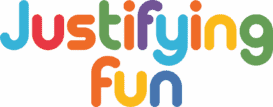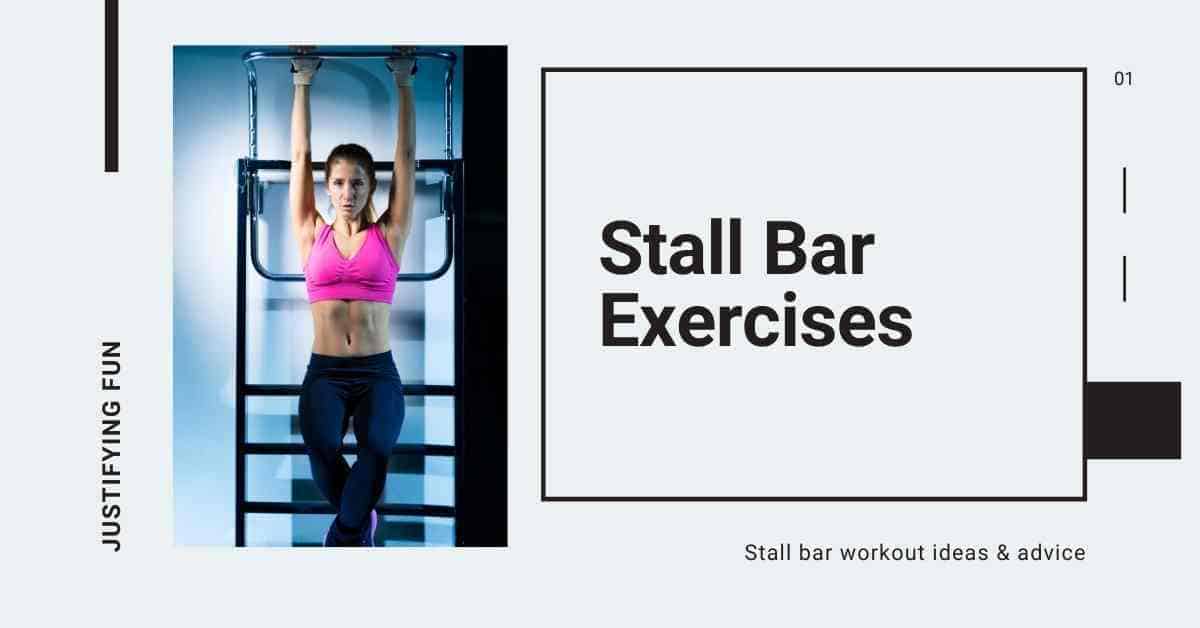
Stall bars are often found in gymnasiums or in a home gym where the rungs are used to workout using lots of different exercises. You can also use the different height bars to perform a whole range of body and leg stretches with the bars there to support you practising deeper stretches.
You can use stall bar exercises to build full body strength and flexibility, improve your posture and balance, climbing, stretching numerous muscle groups and warming down after a long cardio session.
Younger children often use stall bars at school to help with coordination skills and to learn how to safely climb up the rungs and back down again as part of an exercise circuit or workout.
How to create a stall bar workout routine
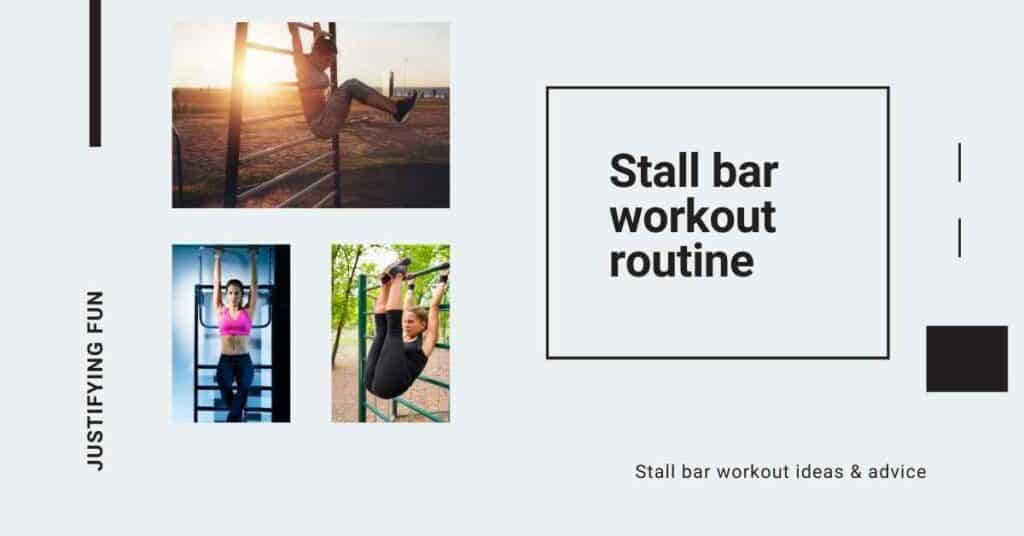
Creating a stall bar workout routine comes down to exactly what your fitness goal or the fitness goal of your cross fit class is.
What do you want to achieve from your stall bar workout?
If you are looking to increase strength then you should focus on upper body weight exercises that involve lifting your weight off the ground and then moving your legs in various direction or just hanging and supporting your weight to build muscle endurance.
Gymnasts often use stall bars to train their arm strength for the gymnastics bars, pommel horse and floor skills. However, Stall bar workouts aren’t only for elite gymnasts, Most stall bars users are looking for exercises to build strength, flexibility or to train for callisthenics. Lifting your body weight and stretching can help relieve back pain but always consult a specialist before attempting to fix back problems using stall bars.
4 of the most important stall bar exercises
Here are four of my favourite stall bar exercises for you to learn. Both leg raises are great for core strength workouts while the front support builds your arm and upper body strength. If you are more advanced you could begin to work towards performing the human flag after you have built up the arm and core strength to hold your horizontal to the ground which requires a lot of strength.
Tuck leg raises
Tuck Leg raises involve Holding onto one of the wall bars that is high enough up so that your legs won’t touch the floor. Your back and the palm of your hands has to face the wall.
Move your legs off the ladder so you are holding your body weight. Lift your knees upwards towards your chest so the they are tucked in as close and as high up your body as possible almost as though your legs are about to perform a somersault.
This is a tough exercise, as are most of the Swedish bar exercises, but this is a good one to start off with. You should feel it work your core just be sure to breath properly during the hold.
Straight leg raise
A more challenging version of the tuck raise is the straight leg raise. Follow the same steps as for the tuck raise but this time keep your legs as straight as possible and raise your toes up straight out in front as far as possible. You will definitely need some strength to perform this but once you’ve mastered the raise you’ll really feel it in your core and arms. don’t give up if at first it’s tough, your strength will come, practice lots of press ups, dips and core strength workouts if you are struggling.
Front support for arm strength
Swedish bars offer a great upper body workout. To perform the front support, climb up a few rungs and hold onto the rungs, roughly shoulder width apart with your palms facing behind you. Slowly move one leg off a rung and take your weight onto your arms. Make sure your arms are straight and if you can remove your feet completely from the rungs then great, you will feel this position really working your triceps, shoulders and your lats.
Holding this position can also help strengthen your elbow joint, just be careful not to suddenly try and lift all your weight, make sure you have the strength by testing how much wight your arms can hold using one foot on a rung and gradually removing it.
Hanging leg raises
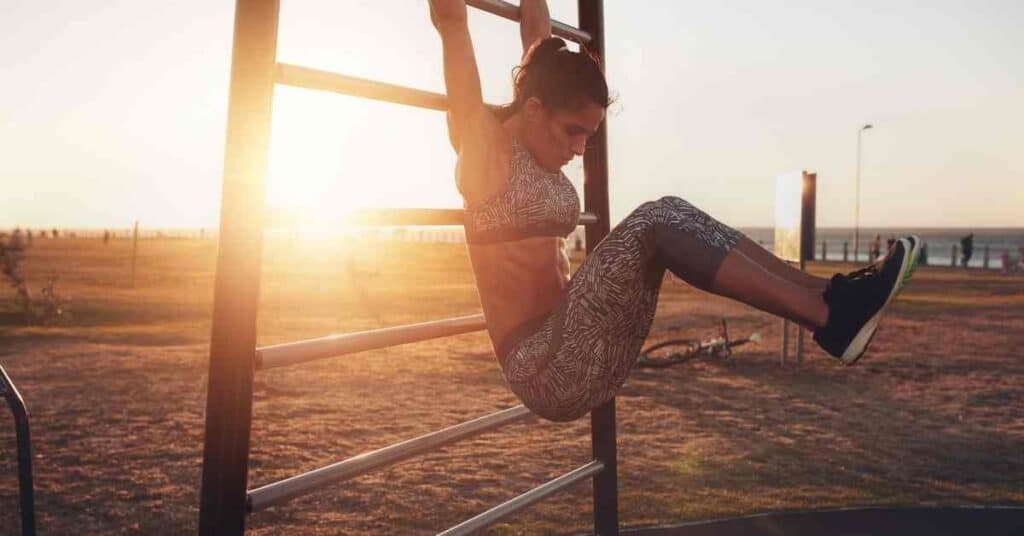
Hanging leg raises are one of the best abdominal workout exercises you can do on stall bars. The hanging leg raise is usually practised at the gym on a pull up bar. Practising on wall bars has some benefits when compared to a pull up bar.
You can perform a hanging leg raise by gripping the bar above your head height with two hands, palms facing outwards. move your feet off a rung or lift them up off the ground and while keeping your legs as straight as possible lift them upwards pointing out in front of you. This movement is great for improving the mobility of your hip flexor while also hammering your core with an intense workout.
Your back is positioned close to or touching the other rungs on the bar which can prevent you from arching your back or swinging backwards. Being able to hold the correct form and stay still stops your hips from becoming strained. This encourages good form and can help prevent you developing bad habits with your hanging leg raises.
If you are struggling to perform a hanging leg raise, try a hanging knee raise first. It is the same movement but your knees are tucked in close to your tummy, taking away the need for a lot more core strength that is required when your legs are positioned straight out and horizontal to the ground.
Advanced stall bar workout ideas
Here are a few ideas for more advanced stall bar workouts. These skills take a lot of time, strength, endurance and practice to master. If you aren’t experienced training on stall bars then don’t worry. You can work up to these more advanced skills over time while enjoying all the benefits of exercising on stall bars.
Front support
The front support is often used in progressions as you gradually build up strength but is in itself a difficult move. It looks simple because all you do is place your hands gripping the bar with your knuckles facing the wall and, with your body vertical and parallel to the bar, almost hugging it, your body off the ground or up off a lower rung with your arms straight.
Human flag
If you haven’t heard of the human flag then take a look at this picture. The human flag looks visually spectacular and is just as difficult as it looks, if not more so, to master. Not only do you have to push your body up but you also need the core strength to lift and hold your legs in position. Both your upper body core and legs will have to be in top shape to be able to add the human flag into your workout routine.
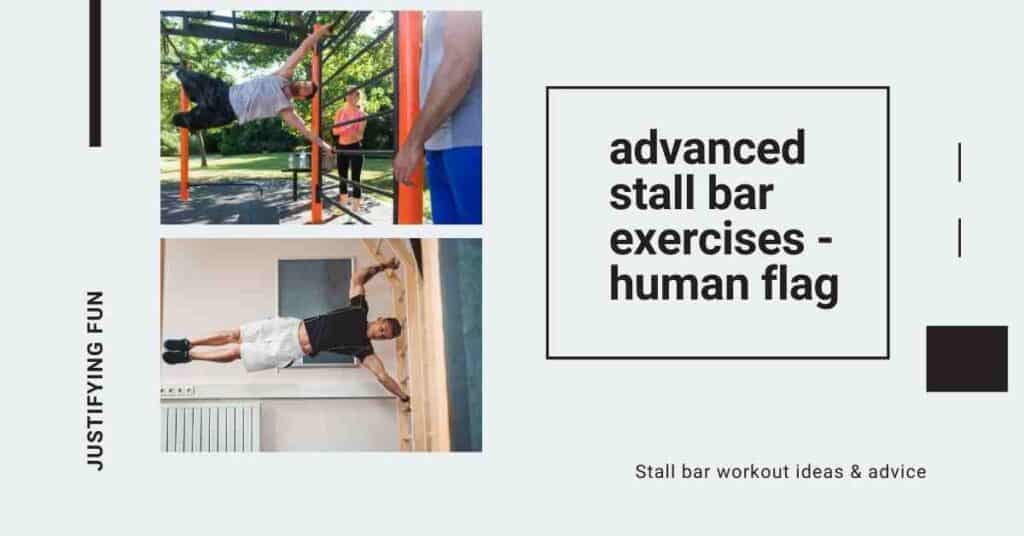
Exercises for beginners & young gymnasts
Here are a few simple activities and stall bar exercises for beginners and gymnastics classes. These exercises are suitable for young gymnasts wanting to learn some stretches and conditioning exercises that can help their gymnastics practice.

Simple hanging hold
Hold on to one of the higher bars, it is best to do this with your palms facing outwards as you would with the leg raise above. You can gently stretch your body and back by stepping on your tip toes and gradually holding your whole body weight, letting it hang and stretch out your arms and back as part of a warm up before exercising.
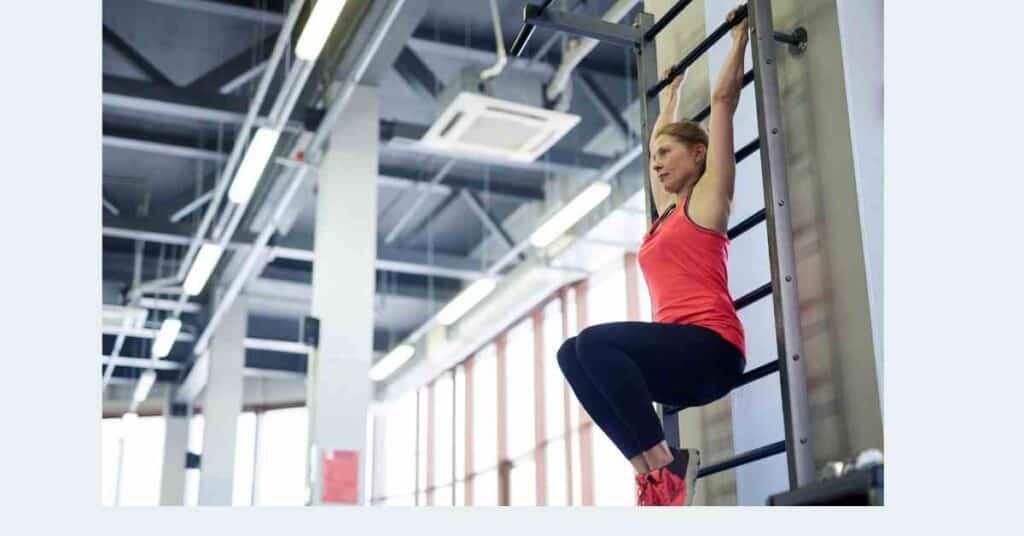
Benefits of stall bar workouts
Stall bar workouts offer benefits to athletes of all different ages. Gymnasts use stall bars for toning, conditioning, stretching and also building up the strength to perform highly physical gymnastics skills. Often athletes who practice parkour skills find these bars useful for jumping up to a height and clinging on. This often involves jumping from a distance away or running and jumping from an object and landing directly into a holding position on the bars
Stall bars can also often be used to attach TRX suspension training equipment to, but we would always recommend asking the stall bar manufacturer about this prior to use. Some people find strength benefits by using wall bars as a chinning bar for performing chin ups. Although a wall bar can be used for lots of different exercises the chinning bar at the top is often used more frequently than other stall bar exercises performed on the lower rungs.
Your body will thank you for working hard using exercises such as the front and back support, human flag and various holds and leg extensions that will really work your body hard and strengthen your muscles considerably.
